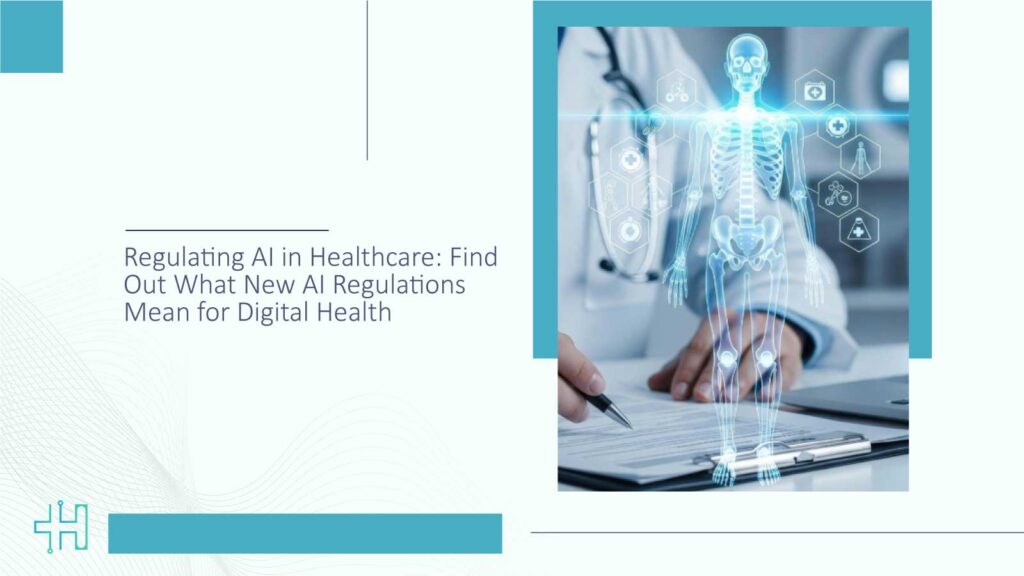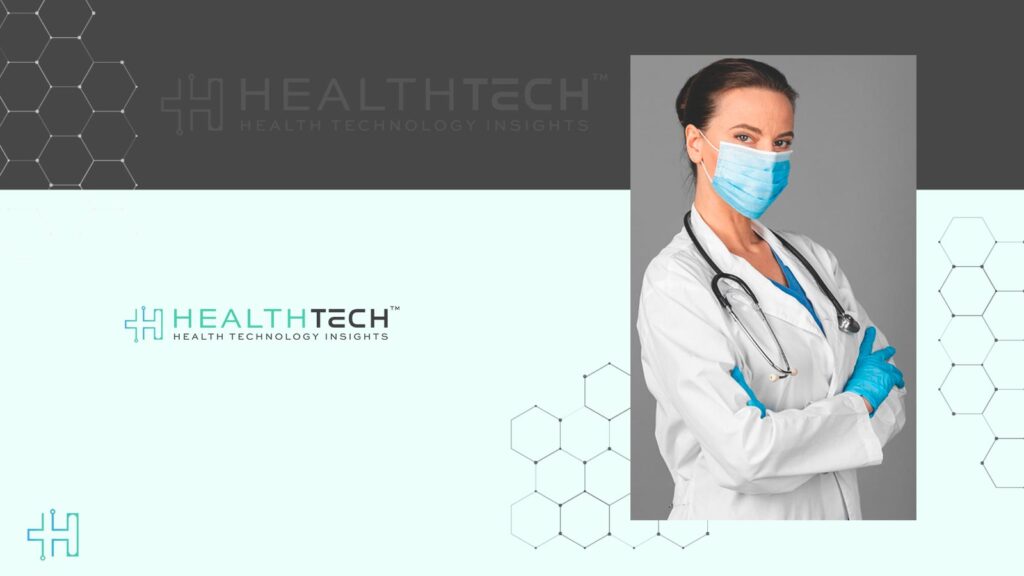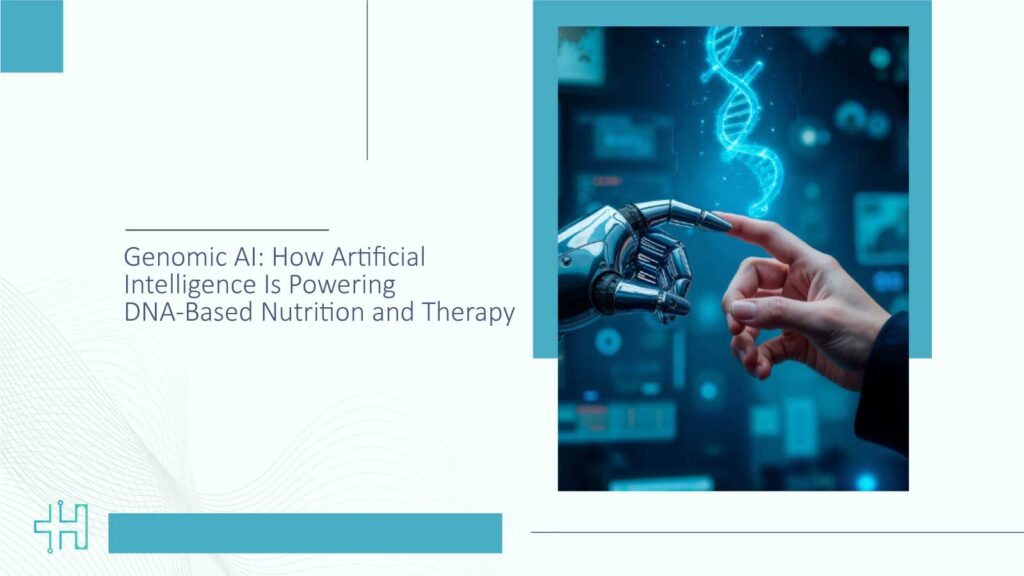AI is rewriting the rules of modern medicine, and now, regulators are rewriting the rules for AI. However, can healthcare innovation truly be ethical without clear guardrails? That’s where regulating AI in healthcare becomes pivotal. As digital health enters its most transformative era yet, the balance between progress and accountability will define who leads and who lags in the age of intelligent care.
Why Regulating AI in Healthcare Matters Now
The healthcare sector has always embraced innovation, but AI brings a new kind of disruption, one that tests how ready we are to govern technology that learns and evolves on its own. The urgency behind regulating AI in healthcare is no longer theoretical; it’s becoming an operational necessity.
Deloitte reports indicate that many healthcare organisations are scaling AI and investing in governance and oversight. For example, one article states: “75% of leading health care companies are experimenting with Generative AI. 82% have or plan to implement governance and oversight structures.”
While continuous learning improves performance, it also introduces new ethical questions: What happens when an AI model changes its decision pattern without human awareness? Who holds responsibility for an AI-driven misdiagnosis: the developer, the provider, or the regulator?
The World Health Organization’s ethics and governance of artificial intelligence for health adds another dimension: transparency and accountability must advance at the same speed as innovation. WHO emphasizes that “AI systems in health must be designed, deployed, and monitored in ways that uphold equity, patient safety, and human oversight.”
The New Regulatory Landscape
Regulation is no longer catching up to innovation; it’s beginning to steer it. Over the last two years, the U.S. government, the FDA, and several state legislatures have accelerated efforts to bring structure and accountability to AI systems in healthcare. While the landscape remains complex, the direction is clear: a coordinated approach that balances innovation with responsibility.
Federal Focus: FDA and Beyond
At the national level, the U.S. Food and Drug Administration (FDA) continues to lead oversight of AI-driven medical tools under its Software as a Medical Device (SaMD) framework. In early 2025, the agency reaffirmed its commitment to risk-based oversight and lifecycle management for AI/ML-enabled devices, emphasizing transparency, explainability, and post-market surveillance.
This approach means developers must submit “predetermined change control plans” that anticipate how AI models will evolve after deployment, a critical shift from the old “approve once, monitor later” model. It acknowledges what many technologists already know: AI doesn’t stand still, and neither can regulation.
Meanwhile, the Office for Civil Rights (OCR) within HHS is expanding its interpretation of HIPAA to include algorithmic data use, a move that will affect how AI developers manage patient consent and data minimization practices. This evolution signals a broader understanding that data privacy is no longer separate from AI ethics; it’s at the heart of it.
State-Level Action: Laboratories of AI Governance
Beyond Washington, the states are moving fast. According to the Manatt Health AI Policy Tracker (October 2025), more than 40 states have introduced bills or laws addressing AI in healthcare, focusing on transparency, bias prevention, and consumer disclosure.
- California is leading with legislation requiring health organizations to disclose when AI is used in patient-facing decisions.
- Texas has proposed requirements for “human-in-the-loop” oversight in all high-risk clinical AI systems.
- New York is developing a registry of approved healthcare AI tools, modeled after Europe’s CE marking system.
These initiatives may create patchwork compliance challenges for multi-state providers, but they also serve as innovation test beds. Each experiment helps shape a future where national standards can emerge from real-world policy learning.
The Global Context
Across the Atlantic, the European Union’s AI Act, passed in 2024, has set a precedent for classifying AI systems based on risk. Health-related AI systems are categorized as “high risk,” demanding rigorous testing, documentation, and human oversight.
While the U.S. has opted for a more decentralized model, there’s a growing consensus that alignment with global frameworks will be essential, especially for multinational digital health companies.
Building Trust, Not Just Technology
As AI transforms healthcare, regulation isn’t a roadblock; it’s the foundation of sustainable innovation. The industry’s next frontier isn’t about how fast algorithms can diagnose, predict, or personalize, but how transparently, safely, and equitably they can do so.
The new wave of AI governance represents more than compliance; it’s a cultural shift toward trust as a core technology. Developers, clinicians, and policymakers are now co-architects of a system that must balance autonomy with accountability. In this sense, regulation becomes a shared design principle, one that ensures that progress in digital health is measured not just in speed or scale, but in integrity.
For forward-looking organizations, this is a moment of opportunity. Those that proactively embed ethical design, bias auditing, and explainability into their AI systems won’t just stay ahead of regulators; they’ll define the gold standard for responsible innovation. In a landscape where patient trust is the ultimate currency, governance is no longer red tape; it’s reputation insurance.
FAQs
1. Why is regulating AI in healthcare becoming such a major focus now?
AI tools are rapidly moving from pilot projects to clinical decision-making. Regulators like the FDA and WHO are prioritizing governance to ensure transparency, patient safety, and ethical use as adoption scales across health systems.
2. How will new AI regulations affect digital health startups?
Startups may face stricter documentation and validation requirements, but these rules can also level the playing field. Transparent algorithms and bias mitigation practices help younger companies earn the trust of clinicians, investors, and patients faster.
3. What role does explainability play in AI healthcare regulation?
Explainability ensures that clinicians can understand how AI systems reach conclusions. It’s key to patient safety and clinical trust, forming a core pillar of frameworks from the FDA, OECD, and the EU’s AI Act.
4. Are global AI healthcare regulations aligned, or do they differ by region?
They’re converging but not identical. The EU’s AI Act emphasizes risk-based classification, while the U.S. FDA focuses on continuous learning and transparency. WHO guidance aims to harmonize these frameworks to reduce global fragmentation.
5. What should healthcare organizations do now to stay ahead of AI regulations?
They should adopt internal governance frameworks, track emerging rules, and document their AI decision pipelines. Partnering with legal and ethical AI experts early ensures compliance and positions them as leaders in responsible innovation.
Dive deeper into the future of healthcare.
Keep reading on Health Technology Insights.
To participate in our interviews, please write to our HealthTech Media Room at info@intentamplify.com





